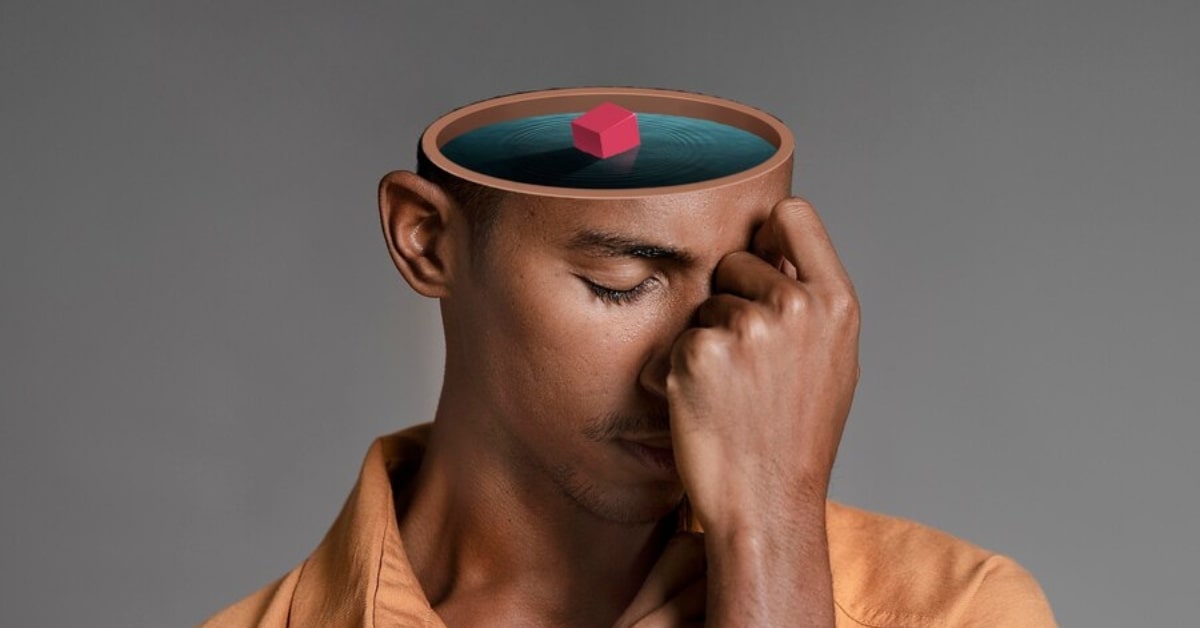In the age of digital imagery, image manipulation has become a prominent and versatile art form. It involves altering, enhancing, or transforming digital images to achieve specific visual effects, artistic expressions, or problem-solving goals. In this article, we’ll delve into what image manipulation means, the techniques it encompasses, and answer some common questions about this fascinating subject.
What Is Meant by Image Manipulation?
Image manipulation refers to the digital process of altering, enhancing, or modifying digital images using software tools. It enables the creation of visually striking compositions, corrections, and artistic expressions. Image manipulation can range from simple retouching to complex, surreal creations.
Techniques of Image Manipulation
Image manipulation involves a wide array of techniques, including but not limited to:
- Color Correction: Adjusting colors, contrast, and saturation to enhance the visual appeal.
- Clipping Path: Isolating objects or subjects from their backgrounds.
- Retouching: Removing imperfections or enhancing features in portraits.
- Composite Imaging: Combining multiple images to create a new composition.
- Digital Painting: Adding or altering elements using digital brushes and techniques.
- Distortion and Warping: Deforming or reshaping elements within an image.
- Photo Restoration: Repairing or rejuvenating old or damaged photographs.
- Surreal and Fantasy Art: Creating imaginative and dreamlike visuals.
Image Manipulation in Different Fields
Image manipulation finds applications in various fields, including:
- Photography: Enhancing and retouching photos to achieve the desired effect.
- Design: Creating visually appealing graphics for marketing, advertising, and branding.
- Art: Exploring artistic expressions, surrealism, and abstract compositions.
- Journalism: Ensuring accuracy and transparency in photojournalism.
- Archiving: Preserving historical or valuable photographs through restoration.
Ethical Considerations in Image Manipulation
Ethical concerns often arise in image manipulation, particularly in journalistic and documentary contexts, where authenticity is crucial. In creative settings, artists have more flexibility but must be transparent about the extent of manipulation.
Conclusion
Image manipulation is a versatile and creative digital art form that empowers individuals to alter, enhance, and create captivating visuals. Whether you are a photographer, designer, artist, or a novice interested in exploring this realm, image manipulation offers a wide range of techniques and possibilities. As you venture into this creative journey, remember to balance your artistic freedom with ethical responsibility, ensuring that your manipulations serve the intended purpose while maintaining transparency and authenticity.
FAQs
Is image manipulation the same as photo editing?
A1. While image manipulation includes photo editing, it encompasses a broader range of techniques, including creative and transformative elements.
Is image manipulation only for professionals?
No, image manipulation can be explored by individuals of all skill levels, thanks to user-friendly software and online tutorials.
Are there legal implications in image manipulation?
Legal issues can arise if manipulated images are used to deceive or harm others. Adhering to copyright laws and seeking permissions is essential.
This page was last edited on 20 February 2024, at 3:18 pm
